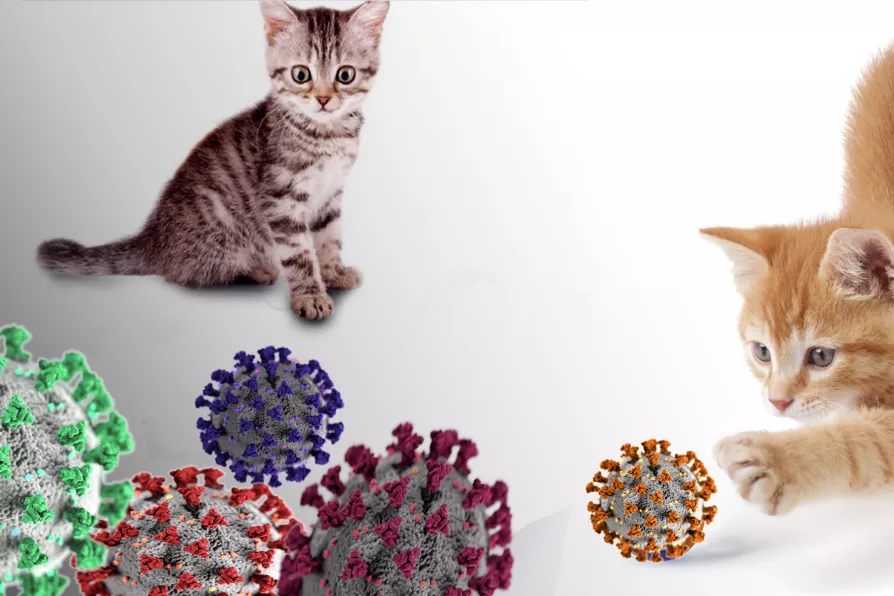Secret consultation documents finally released after the Morning Star’s two-year freedom of information battle show the Home Office misrepresented public opinion, claiming support for policies that most respondents actually strongly criticised as dangerous and unfair, writes SOLOMON HUGHES

 Cats, dogs, tigers, lions, minks, monkeys, hamsters, ferrets, tree shrews, mice, and fruit bats can catch Covid-19, whilse pigs and chickens appear resistant
Cats, dogs, tigers, lions, minks, monkeys, hamsters, ferrets, tree shrews, mice, and fruit bats can catch Covid-19, whilse pigs and chickens appear resistant
CONVENTIONALLY, the “silly season” doesn’t begin until August. So the news on Monday that a pet cat in Britain tested positive for SARS-CoV-2 came slightly too early.
Still, most media reporting threw it in as a relatively light-hearted piece of Covid-19 news, without addressing the underlying science. The cat apparently caught the disease from its owners, and displayed mild symptoms.
But if cats can catch Covid-19, what about other animals? SARS-CoV-2 is thought to have originally entered humans from bats, based on its very high genetic similarity to known bat coronaviruses (claims about pangolins being an intermediate host do not currently have a great deal of support, although it is possible). This clearly shows that at least three species can catch SARS-CoV-2 and other closely related coronaviruses. This shouldn’t come as a surprise.
Many viruses are able to infect multiple host species. In fact, to date SARS-CoV-2 transmission from humans to animals has been reported in cats, dogs, tigers, lions and minks. Alongside this, experimental research (where animals are deliberately infected) suggests that the list of animals susceptible to Covid-19 also includes monkeys, hamsters, ferrets, tree shrews, mice, and fruit bats. Animals which appear resistant include pigs and chickens.
Understanding why some animals are susceptible to Covid-19 but not others means understanding how SARS-CoV-2 attacks human cells. A virus such as SARS-CoV-2 must use our cellular machinery to reproduce.
The genome of SARS-CoV-2 is made not of DNA (like the human genome) but of RNA, a different sort of nucleic acid that can be more rapidly turned into proteins.
To produce proteins from our genome, our cells must first make RNA from DNA, and information in this RNA is then used to make proteins using cellular machinery. Unfortunately, that last part of the process means that when viral RNA gets inside a cell, that very same cellular machinery can be used to make more copies of the virus.

A maverick’s self-inflicted snake bites could unlock breakthrough treatments – but they also reveal deeper tensions between noble scientific curiosity and cold corporate callousness, write ROX MIDDLETON, LIAM SHAW and MIRIAM GAUNTLETT
Science has always been mixed up with money and power, but as a decorative facade for megayachts, it risks leaving reality behind altogether, write ROX MIDDLETON, LIAM SHAW and MIRIAM GAUNTLETT














